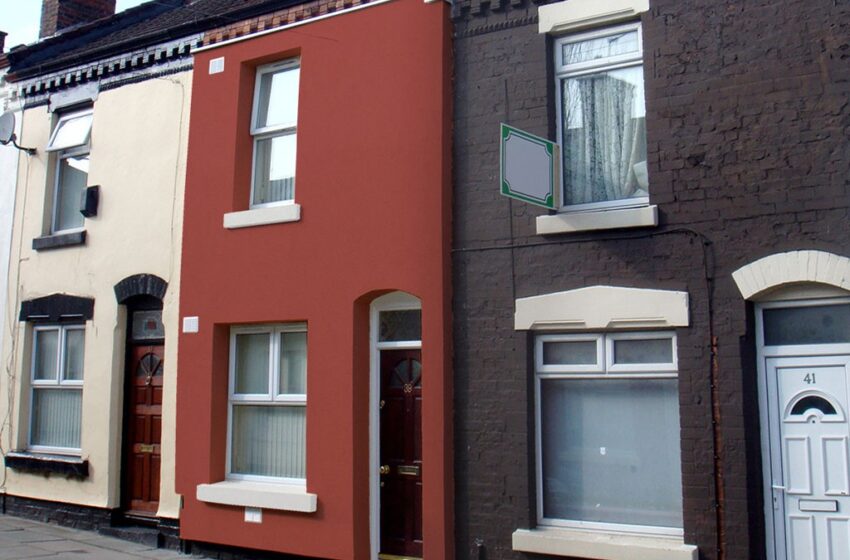Things to know about external wall insulation

External wall insulation is a great way to make your home more comfortable and efficient, and it can also help reduce your energy bills.
The external wall cavity is the space between the inside of your home and the outside walls. It can be filled with air or an insulating material like foam or fibre glass. Your home’s external walls are exposed to extremes in temperature and weather, so they need extra protection from heat loss.
Here are some things you should know about external wall insulation:
External wall insulation has been around for decades, but it has only recently become popular again thanks to government incentives. Many homeowners are now choosing to insulate their homes because of the many benefits it offers, including lower energy bills and reduced noise levels.
External wall insulation is a process that involves attaching an insulating material on the outside of a building’s external walls and roof. This material can be made out of a number of different materials, including fibre glass or polystyrene boards, mineral wool or polyurethane foam blocks.
The purpose of external wall insulation is to reduce heat loss through the walls of the building by adding an extra layer between them and the outside environment (such as wind or rain). When done correctly, this means that less heat will be lost through these areas of the building, which in turn means that less energy needs to be used for heating purposes.
External wall insulation can be installed over cavity wall insulation or solid walls, or even between studs in traditional cavity construction. There are many different types of external wall insulation available, with varying levels of performance and installation costs.
The most common type of external wall insulation is expanded polystyrene (EPS). EPS comes in a range of thicknesses, from 25mm to 100mm. It’s made from polystyrene beads that have been expanded by heat and pressure, so it’s lightweight but strong enough to be used as an external cladding material. EPS is easy to install, but it’s not recommended for use on timber framed buildings because it can’t withstand moisture damage caused by rain penetration.
Phenolic foam is another popular option for external walls as it’s lightweight and easy to install. Phenolic foam comes in two forms: extruded phenolic foam (EPF) and sprayed phenolic foam (SPF). Both forms are highly resistant to water damage and are available in various thicknesses between 100mm and 200mm thick depending on your needs.
External walls often have cavities between them and the roof cavity, which means that they don’t achieve the same level of thermal performance as solid walls. Using double-skinned cavity walls will improve this situation by reducing air movement through these gaps. This approach involves fitting panels into inner cavities between primary and secondary outer skins, then filling any remaining gaps with insulation material such as mineral wool batts or expanded polystyrene boards (EPS).